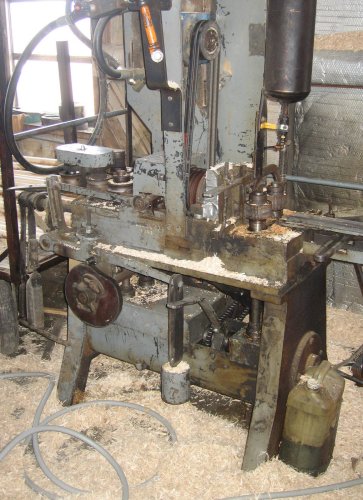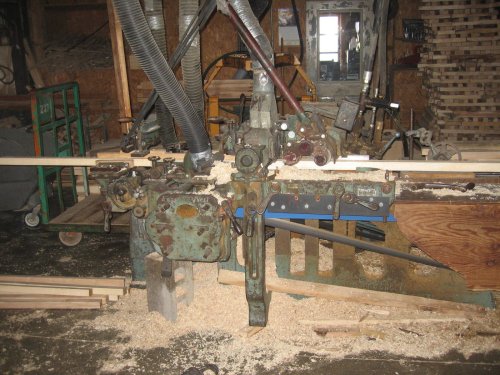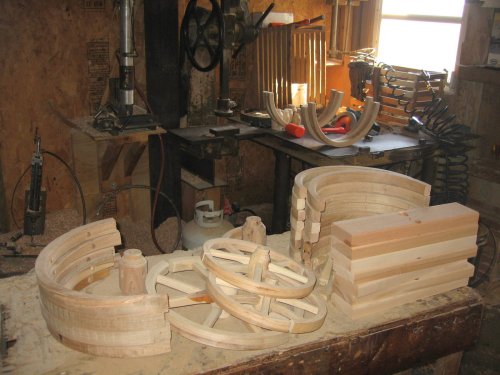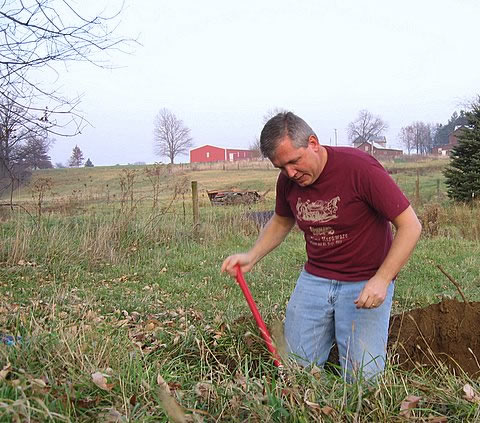
Recently Galen Lehman took several weeks off from his job as president of Lehman’s. He spent this time visiting suppliers and other businesses he knew and admired. The companies he visited ranged from 1 employee to 300 employees. Most were owned by Amish or Mennonite families. At each stop, he asked, “What is the secret of your success?” This is one of a series of postings about what he learned.
On the kind of sunny February day that makes you want to walk around in shirt sleeves, I visited the family that makes our wheelbarrow and goat carts.
The first thing I learned was that a product of amazing quality can emerge from a shop that is practically falling down. Like most Amish shops, it was poorly lit. Piles of sawdust and shavings covered everything. Narrow aisles ran crookedly between mysterious hulking gray machinery that seemed to placed at random angles around the shop. Stacks of pre-cut parts were gradually slipping toward the floor.

Yet, every piece of finished work I looked at was well-finished. Corners were smooth and snag-free. Small details that provide huge improvements abounded (like moldings that wrap the end grain of boards to improve both strength and appearance). When I got close enough to one of the falling down piles of parts, I saw that every piece was precisely and identically cut. In one corner of the shop, I saw an young Amish craftsman setting screws in a perfect straight line using a state of the art laser (which was quite an irony in this non-electric shop).
In fact, I have absolute confidence in products from this Amish-owned business. The wheelbarrow was covered in Time magazine because it was the only antique-style wheelbarrow they could find that could actually be used as a wheelbarrow (and not just a lawn ornament).

Their secret of success is to constantly invent. They often start by copying historical designs. Then, they incorporate changes that improve their strength and design. A constant cycle of re-inventing leads to steady improvements. A steady flow of new products are “in the pipeline” (as the big corporations say), some of which will be offered in future catalogs.
For this vendor, new products bring success. At Lehman’s, we’ve also tried to follow this path, adding new items at a pace of 1000 or more items per year. Are we adding new items too fast? Let me know what you think!































I really loved this series on Amish businesses! It was very interesting and informative. It would be great if this could be continued. Maybe once a month or so you could showcase an Amish business and give us an idea of how the products are made. So, here’s an idea for the next “Amish Business Showcase”: Straw Hats. I’ve always wondered how straw hats were made, what kind of straw is used, etc. I’m sure other readers would also be interested in how the Amish make their products.
Keep up the good work!